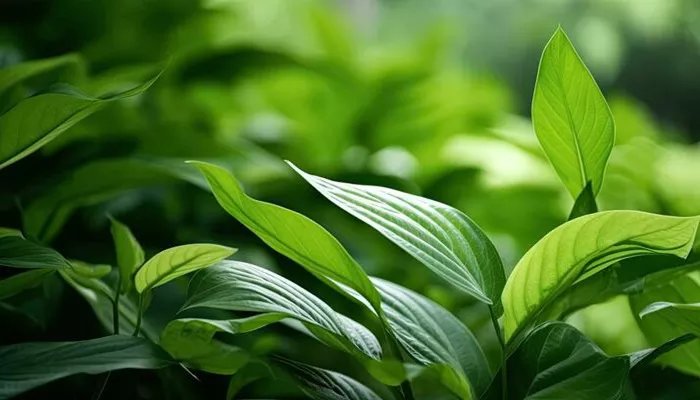Trees have suffered significantly from the recent extreme heat and unpredictable fall weather. Evidence of this is seen in two sets of vine maple leaves from trees located about 30 feet apart. Despite similar growing conditions, the leaves vary greatly in size. The smaller, reddish leaves come from a tree exposed more directly to the weather, which may have experienced bud damage. (Pat Munts/For The Spokesman-Review)
Fall is my favorite season. The cooler temperatures and return of rain signal the end of intense garden work. However, recent years have introduced changes that challenge my usual fall gardening routine.
I’ve tended this land since 1978, witnessing numerous extreme weather events. Yet, the last five years have been especially unusual. Hotter summers, peaking with the record heat wave of 2021, have stressed plants. Our fall temperatures have remained in the 70s well into late October, and frosts have been late or nonexistent. In the past two falls, snow and freezing temperatures arrived abruptly over a weekend, disrupting the plants’ natural dormancy signals.
Frost and colder temperatures typically prompt plants to start their winter shutdown. Hormones signal plants to move water and sugars into their roots for storage, while chemicals in deciduous plants cue the leaves to fall. When freezing weather arrives before this process is complete, the water in branches and buds freezes and expands, causing ice crystals to rupture cell walls and damage the plant. While plants can usually recover from minor or infrequent freeze damage, repeated damage can lead to gradual decline or death. Combined with heat stress from extreme summer temperatures, many plants are showing signs of damage. While it’s uncertain how this fall will turn out, there are steps we can take to prepare for similar weather patterns.
First, continue watering plants until we receive a significant rain or at least into early October. Plants, especially trees, are more vulnerable to damage if they are water-stressed. If you plan to dig and divide perennials or plant fall nursery finds, do so as soon as possible so that new plants can establish roots before cold weather sets in.
Many of the springtime damages seen on roses, lavender, and other perennials were due to a lack of snow cover during January’s subzero temperatures. Snow acts as an insulator for plants. This fall, assist nature by mulching garden beds with three to four inches of shredded pine needles, leaves, or compost, focusing on new plantings and roses. Rake up and chop leaves and needles with a mower before applying mulch. Add extra mulch around new perennials and shrubs, and pile a foot or more around rose roots to protect both the graft point and roots.
For cold-sensitive shrubs like big leaf hydrangeas, protect them by surrounding them with burlap fencing and filling the enclosed area with shredded needles or leaves.


